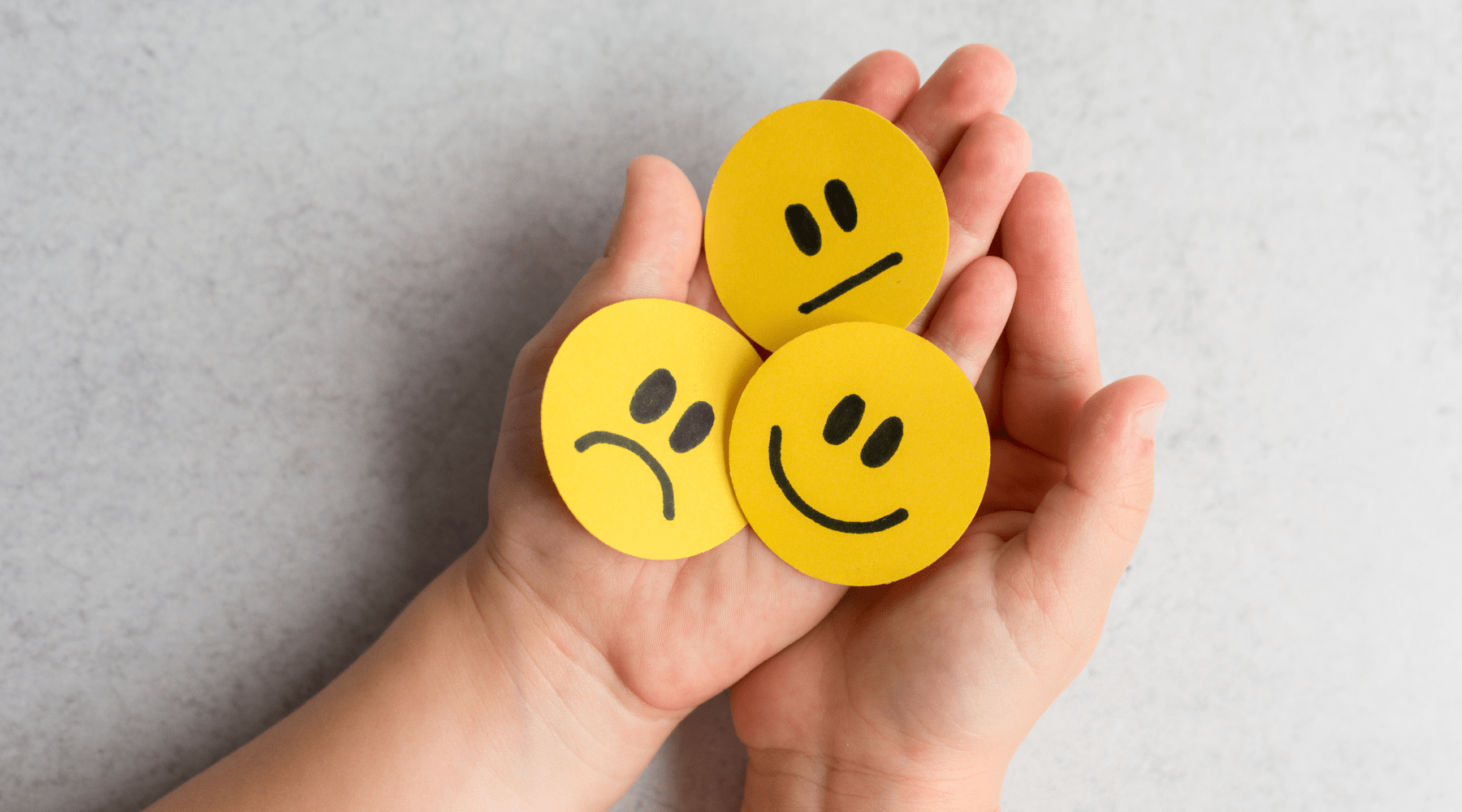Ever had one of those days where everything feels a bit too much. You’re not alone.
Emotions are part of being human—but when they take over, it can feel like we’ve lost the steering wheel.
This week, we’re diving into emotion regulation—how to understand, manage, and work with your emotions (rather than letting them run the show).
What Is Emotion Regulation, Anyway?
Emotion regulation is basically how we respond to what we’re feeling. It’s not about ignoring emotions or pretending to be fine when you're not. Instead, it’s about recognising your emotions and choosing how to respond in a way that’s helpful, not harmful.
It’s like being the DJ of your emotional playlist—you might not always get to pick the first song, but you can decide what plays next.
Why It Matters
Being able to regulate your emotions can help you:
- Handle stress better
- Communicate more calmly and clearly
- Stay productive when things get overwhelming
- Build stronger, healthier relationships
Basically, it’s a secret superpower that helps you win your week and keep your cool.
Quick Ways to Practice Emotion Regulation
Here are some simple strategies to try this week:
1. Name It to Tame It
Feeling “off” is vague. But saying “I feel anxious because I have too much on” gives you clarity—and clarity helps you take action. Get specific with your feelings.
2. Pause Before You React
That fiery email? That frustrating comment? Give yourself 10 deep breaths or a quick walk before responding. The space between emotion and action is where the magic happens.
3. Reframe the Story
Instead of “I messed up that presentation,” try “That didn’t go how I wanted, but I learnt something useful.” Shift the lens, not the reality.
4. Move Your Body
Even a few stretches or a walk around the block can help shift emotional energy. Emotions live in the body, not just the brain.
5. Talk It Out
Text a mate, chat with a loved one, or scribble it in your journal. Let it out—it doesn’t need to live rent-free in your head.
Pick one emotion regulation strategy and try it every day. Track how it feels. If it helps even a little, that’s a win.
Remember: You’re not “too emotional”—you’re human. Emotions are part of the ride. Learning to work with them is what helps you steer.









